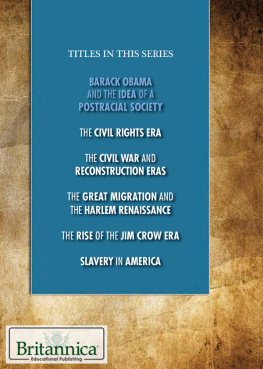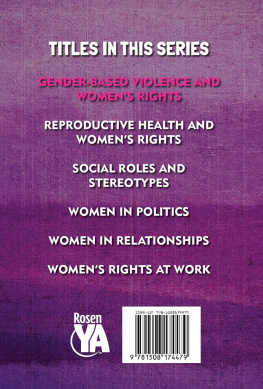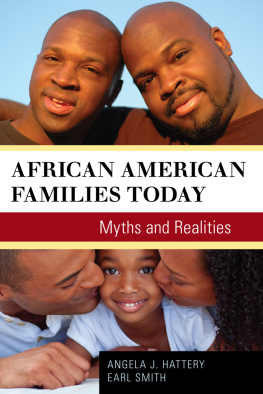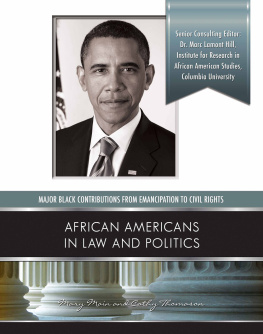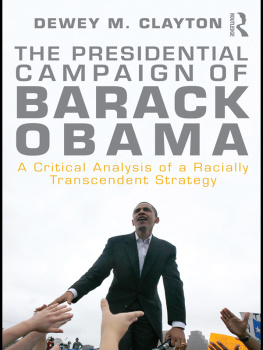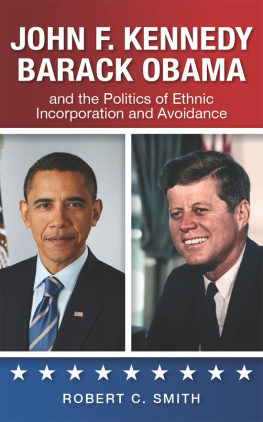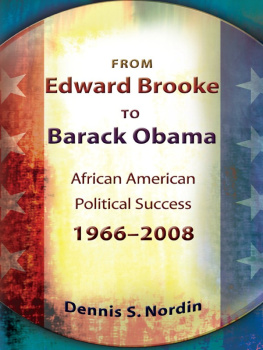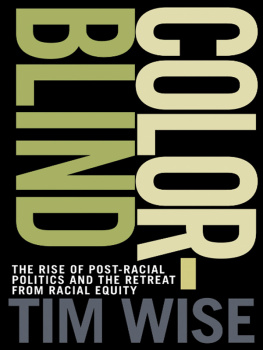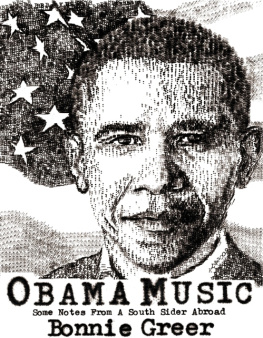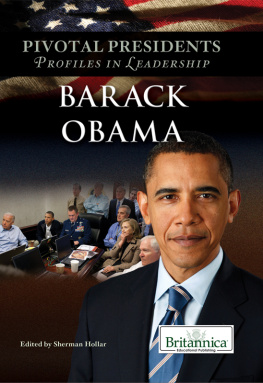
Published in 2016 by Britannica Educational Publishing (a trademark of Encyclopdia Britannica, Inc.) in association with The Rosen Publishing Group, Inc.
29 East 21st Street, New York, NY 10010
Copyright 2016 by Encyclopdia Britannica, Inc. Britannica, Encyclopdia Britannica, and the Thistle logo are registered trademarks of Encyclopdia Britannica, Inc. All rights reserved.
Rosen Publishing materials copyright 2016 The Rosen Publishing Group, Inc. All rights reserved.
Distributed exclusively by Rosen Publishing.
To see additional Britannica Educational Publishing titles, go to rosenpublishing.com.
First Edition
Britannica Educational Publishing
J. E. Luebering: Director, Core Reference Group
Anthony L. Green: Editor, Comptons by Britannica
Rosen Publishing
Hope Lourie Killcoyne: Executive Editor
Zoe Lowery: Editor
Nelson S: Art Director
Brian Garvey: Designer
Cindy Reiman: Photography Manager
Introduction and supplementary material by Meredith Day.
Library of Congress Cataloging-in-Publication Data
Barack Obama and the idea of a postracial society/edited by Zoe Lowery.First edition.
pages cm.(The African American experience: from slavery to the presidency)
Includes bibliographical references and index.
ISBN 978-1-6804-8053-5 (eBook)
1. African AmericansSocial conditions21st centuryJuvenile literature. 2. United StatesRace relationsJuvenile literature. 3. RacismUnited StatesJuvenile literature. 4. Obama, BarackInfluenceJuvenile literature. I. Lowery, Zoe.
E185.86.B36 2015
305.8960730905dc23
2014042501
Photo credits: Cover (Obama) Mark Makela/Getty Images; cover (background) Caiaimage/Robert Daly/OJO+/Getty Images; p. 5 MSgt Cecilio Ricardo, U.S. Air Force/U.S. Department of Defense; p. 9 Encyclopdia Britannica, Inc.; pp. 1213 Jeanne Louise BulliardLions Gate/The Kobal Collection; p. 14 Francois Durand/Getty Images Entertainment/Thinkstock; pp. 17, 56 AP Images; p. 19 Scott Gries/Getty Images; p. 21 Bongarts/Getty Images; pp. 2425 Walter Sanders/The Life Picture Collection/Getty Images; pp. 2627 The Life Picture Collection/Getty Images; p. 29 Pool/Getty Images; p. 30 Francis Miller/The Life Picture Collection/Getty Images; pp. 3233 Bloomberg/Getty Images; p. 35 AP Images/Obama for America; p. 37 New York Daily News/Getty Images; p. 39 Scott Olson/Getty Images; pp. 4041 Emmanuel Dunand/AFP/Getty Images; pp. 4243, 4647, 49 Official White House photo by Pete Souza; p. 52 Afro American Newspapers/Gado/Archive Photos/Getty Images; p. 54 The Washington Post/Getty Images; pp. 5859 Thomas Koehler/Photothek/Getty Images; pp. 6061 Tim Boyle/Getty Images; p. 62 Photo Researchers/Science Source/Getty Images; p. 63 Emin Avundukluoglu/Anadolu Agency/Getty Images; pp. 6465 Blend Images-Ariel Skelley/Brand X Pictures/Getty Images; interior pages background texture iStockphoto.com/ Piotr Krzelak.
CONTENTS
T he civil rights movement in the United States underwent a marked shift in emphasis after 1970. The legislative goals of the movement had largely been achieved through the Civil Rights Act of 1964 and the Voting Rights Act of 1965. And even more significant than some of the civil rights laws was President Lyndon Johnsons Great Society program, which encompassed his administrations War on Poverty efforts. One goal of the Great Society was to help realize some of the intentions of civil rights legislation. This could be done only by opening up opportunities for blacks in schooling, housing, and the labor force. Thus, a new emphasis emerged: affirmative action programs in both school admission and job hiring tried to remedy the effects of historical discrimination by assuring present opportunities. These programs helped blacks achieve notable gains in education and allowed black families to rise into the middle and upper middle class, although the use of racial quotas led to later court challenges of the policy as a form of reverse discrimination.

Barack Obamawith his wife, Michellebeing sworn in as the 44th president of the United States, on Jan. 20, 2009.
Nevertheless, many blacks continued to face difficult social and economic challenges, especially in the inner cities. A reminder of the lingering tensions in some impoverished city neighborhoods came in 1992, when four white police officers were acquitted in the beating of Rodney King, an African American motorist, in Los Angeles, California. Hours after the acquittal, the city erupted in riots in which more than 50 people were killed. Smaller riots broke out in other U.S. cities.
Meanwhile, African Americans were making big gains in politics in the late 20th and early 21st centuries. The biggest milestone came in 2008, when Barack Obama, a first-term senator from Illinois, became the first African American to be nominated for the presidency by either major party. He went on to challenge Republican senator John McCain for the countrys highest office. Obama, bolstered by a fever of popular support, eschewed federal financing of his campaign and raised hundreds of millions of dollars, much of it coming in small donations and over the Internet from a record number of donors. His fund-raising advantage helped him buy massive amounts of television advertising and organize deep grassroots organizations in key battleground states and in states that had voted Republican in previous presidential cycles. Obama won the election, capturing nearly 53 percent of the popular vote and 365 electoral votes. On election night tens of thousands gathered in Chicagos Grant Park to see him claim victory.
Many political observers noted that the election of the nations first African American president marked a transition into a post-racial society. They believed that a black mans rise to the White House meant that racial discrimination was no longer a major concern in American society. In other positive developments, more and more Americans were identifying as multiracial (an increase of 32 percent between 2000 and 2010, according to the U.S. Census). However, severe challenges remained. In the second decade of the 21st century, black Americans continued to lag behind white Americans in income and education and were more likely to be in prison. The shootings of teenagers Trayvon Martin and Michael Brown led to public outcry, just as Kings beating had two decades earlier. Incidents such as these suggested that calling America postracial might have been dangerously premature.
I nvisible Man, Ralph Ellisons novel of alienation and the identity, won the National Book Award for fiction in 1953. Like its nameless, faceless narrator, many blacks in the 1940s searched for identity in a white-dominated society. Their concerns were ignored or neglected. Their accomplishments, except as entertainers, went unrecognized. They were excluded from restaurants, theaters, hotels, and clubs.
In protesting the abuse of human rights, Martin Luther King Jr.s leadership and the civil rights movement brought high visibility to African Americans. In the era of Invisible Man, left-wing causes had exploited them as anonymous symbols of oppression, but the media made celebrities of 1960s activistsfor example, Black Panther supporter Angela Davis and Julian Bond of the Student Nonviolent Coordinating Committee (SNCC), who at age 28 in 1968 was put forward for the Democratic vice presidential nomination. At the forefront of the civil rights marches were author James Baldwin, gospel singer Mahalia Jackson, folksingers Harry Belafonte and Odetta, and comedian Dick Gregory.

